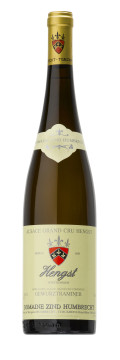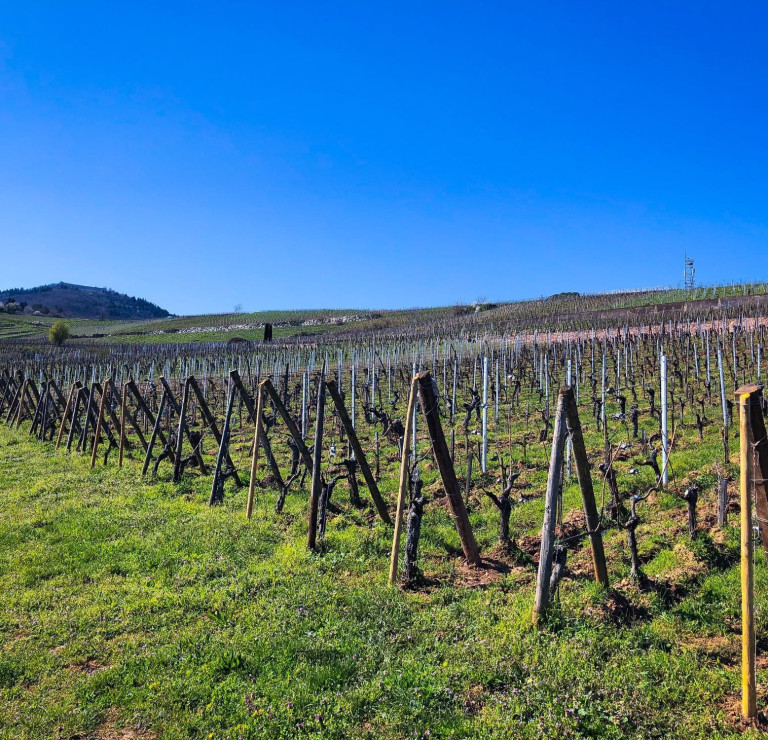
Technical presentation
| Bottling : | September 2006 |
|---|---|
| Acquired alcohol : | 14.4° |
| Residual sugar : | 37.5 g/l |
| Total acidity : | 3.2 g/l H2SO4 (4.9 g/l Acide Tartrique) |
| pH : | 3.7 |
| Yield : | 29.5 hl/ha |
| Average age of vines : | 54 years |
| Grape variety : | Gewurztraminer |
| Terroir : | Grand Cru Hengst |
| Sweetness index : | 3 |
| Soil : | Calcareous Marl from the Oligocene period, South/South East facing, medium/steep slope |
Description of the wine Gewurztraminer Grand Cru Hengst 2005
Only the two oldest vineyards are used to produce the Hengst. There is nothing wrong with the 2 that go into the Wintzenheim bottling, but they are a world behind the oldest vines. Marl calcareous soil is perhaps the most classical choice for this grape variety, but they can sometimes be very rich, making it more difficult to naturally educe the yields, and Gewurztraminer, more than any other variety in Alsace, becomes dull and diluted when over-cropped. Old vines have many advantages, but the main one is to be able to grow deeper in a less organic rich soil and therefore produce less clusters and smaller and richer berries. Due to its south-east bearing and very dry micro climate, the Hengst vineyard doesn’t develop much botrytis, but can still reach very high levels of ripeness, like in 2005. Hengst is one of the rare vineyards capable of fermenting dry a rich Gewurztraminer, but that was impossible in 2005.

Tasting notes
01/2007 : Amazingly open and aromatic, showing delicate old English roses aromas and lots of oriental spices. Again, the nose doesn’t prepare the taster for the rich/long palate. The class of this great terroir really helps to keep everything in harmony and balance. There is evidently a lot of sweetness there, enough to justify an indice 4, if it wouldn’t be for the structure brought by the calcareous soil. Superb now, but really, please, try to re-taste it in 10 years+.

The Hengst Grand Cru of Wintzenheim
The Hengst was first mentioned in the 9th century in an endowment of the Murbach Abbey. The lord of Haut Landsbourg as well as the bailiff of Kaysersberg shared the feudal rights up to the Great Revolution, whilst various noble families, abbeys and the bourgeoisie of Colmar exploited important parcels.